From the Chicago Reader (February 1, 1988). — J.R.
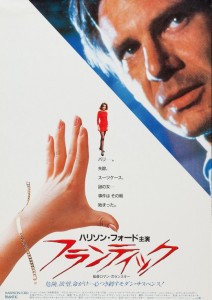
Roman Polanski’s first thriller after Chinatown — set in Paris, and cowritten with Polanski’s usual collaborator, Gerard Brach — describes the puzzling adventures of Dr. Richard Walker (Harrison Ford) after his wife Sondra (Betty Buckley) disappears from their hotel room. It opens promisingly, with a fine sense of the disorientation of a monolingual tourist abroad and in trouble. But instead of things building from there, the energy gradually dissipates, and by the time the mystery is solved, it’s difficult to care very much. Polanski seems to have something in mind about American innocence and international power (the Statue of Liberty is used as a significant icon), but his usual surrealism is almost completely absent, and most of the visual motifs — the collection of garbage in the morning, the matching red dresses of Sondra and Walker’s loyal sidekick Michele (Emmanuelle Seigner) at the climax — register mainly as empty signifiers (1988). 120 min. (JR)
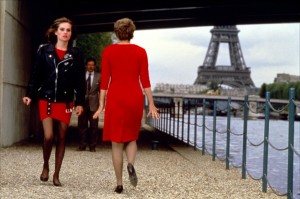 Read more
Read more
From the Chicago Reader (January 14, 2005). — J.R.
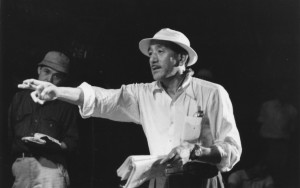
Yasujiro Ozu Retrospective
at the Gene Siskel Film Center
It’s no longer controversial to assert that Yasujiro Ozu (1903-’63) is one of the greatest filmmakers ever — certainly one of the top dozen and possibly the greatest of those who’ve focused on family life. But getting a fix on his work remains far from easy. Only 34 of his 50-odd films appear to have survived, and two features exist only in fragments. The Gene Siskel Film Center’s retrospective, which started last week and runs through March 3, includes 25 features, and some of his other works, including a seldom-shown documentary short, might be screened later if the features draw big enough crowds.
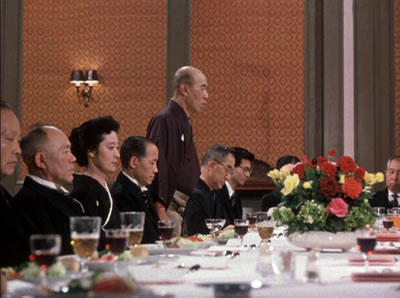
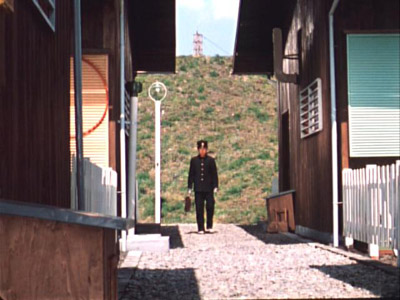

One of the films showing this week, Tokyo Story (1953) — the first Ozu film to have been seen widely in the West, and still the best known and most highly regarded — is a good starting point for viewers unfamiliar with his work. (So are Equinox Flower and Good Morning, two gorgeous color films from the late 50s, showing later this month.) But it has led many critics to make unfair broad generalizations about Ozu’s style and content, to claim that his films are slow and conservative, his technique minimalist. Read more
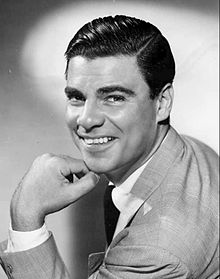
I no longer remember if this was at the Miss America
Pageant, and I’m not even 100% sure it was Bert Parks,
but I do remember that either Bert or someone much
like him decided to show what a regular guy he was by
singing the Elvis anthem “Blue Suede Shoes” on TV. But
because this was American TV in the mid-50s, he had to
clean up the already stupid hyperbolic lyrics (“You can burn my
house, steal my car, drink my liquor from an old fruit jar”) by
replacing the last line with, “Drink my soda from a soda jar”.
Who ever heard of a soda jar before that moment, or since
that moment either? Bert or his lyricist or their censor must
have invented the soda jar in order to make this Elvis homage
or watered-down Elvis ripoff sound more proper, but even so,
soda jars have been lodged in my brain ever since. [3/26/20] Read more
From the Chicago Reader (March 9, 1990). — J.R.
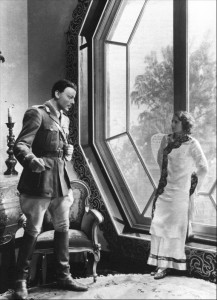
Frank Capra’s very atypical drama about an American missionary (Barbara Stanwyck) being taken prisoner by a Chinese warlord (Nils Asther) is not only his masterpiece, but one of the great love stories to come out of Hollywood in the 30s–subtle, delicate, moody, mystical, and passionate. Joseph Walker shot it through filters and with textured shadows that suggest Sternberg; Edward Paramore wrote the script, adapted from a story by Grace Zaring Stone. Oddly enough, this perverse and beautiful film was chosen to open Radio City Music Hall in 1933; it was not one of Capra’s commercial successes, but it beats the rest of his oeuvre by miles. With Walter Connolly and Lucien Littlefield; Stanwyck and Asther, both extraordinary, have perhaps never been better. A newly struck 35-millimeter print will be shown. (Film Center, Art Institute, Columbus Drive at Jackson, Saturday and Sunday, March 10 and 11, 4:15, 443-3737)
 Read more
Read more









